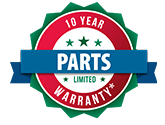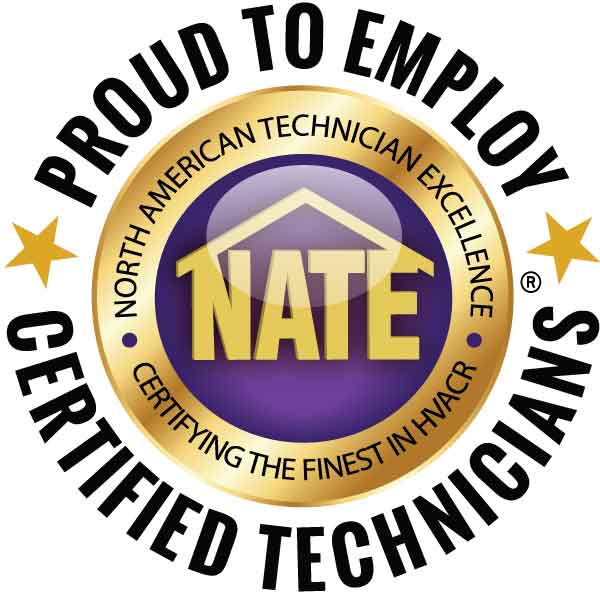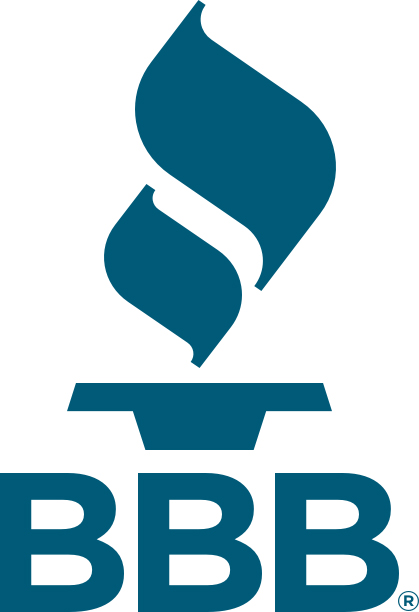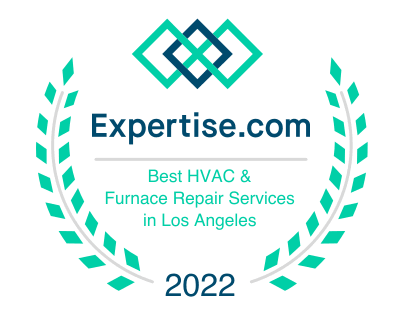
With the A2L Federal Refrigerant Mandate now in place, it’s essential to understand the various elements that shape the regulation and how they affect homeowners and businesses. This post will dive into the key components of the mandate, from the phase-out schedule for high-GWP refrigerants to new safety standards for handling A2L refrigerants. Whether you’re upgrading an HVAC system or preparing for future compliance, knowing these key components will help you stay ahead of the curve.
This is the second post in our series on the A2L Federal Refrigerant Mandate. If you missed our first post, check out Understanding the A2L Federal Refrigerant Mandate—An Overview.
1. The Phase-Out of High-GWP Refrigerants
One of the most significant aspects of the A2L Federal Refrigerant Mandate is the phase-out of high-GWP refrigerants, such as R-410A and R-134a. These refrigerants have been widely used in HVAC systems for years but contribute heavily to greenhouse gas emissions due to their high global warming potential (GWP).
Key Dates to Know:
- 2024: Starting this year, manufacturers must begin reducing their production and use of high-GWP refrigerants.
- 2025: By this year, high-GWP refrigerants will be significantly restricted for use in new HVAC systems, pushing the market to adopt low-GWP alternatives like A2L refrigerants.
- 2030 and Beyond: Full compliance is expected as high-GWP refrigerants are phased out almost entirely in favor of environmentally friendly alternatives.
These dates highlight the importance of acting early, especially for businesses that depend on commercial HVAC systems. Waiting until the last minute may lead to supply chain issues and higher costs.
2. Transition to A2L Refrigerants
A2L refrigerants are at the center of the transition away from high-GWP refrigerants. These refrigerants, such as R-32 and R-454B, have a significantly lower global warming potential than their predecessors, making them a more sustainable choice. However, they are also classified as mildly flammable, meaning that special considerations must be taken to ensure the safety of both users and HVAC technicians.
The transition to A2L refrigerants is not just about environmental impact—it’s also about complying with evolving HVAC standards. As we’ll discuss in future blogs, the adoption of these refrigerants means rethinking safety, equipment, and technician training.
3. New Equipment Standards and Compatibility
With the phase-out of high-GWP refrigerants comes the need for new equipment standards. Not all HVAC systems are compatible with A2L refrigerants due to the refrigerants’ mildly flammable properties. Homeowners and businesses will need to ensure their existing or future systems can handle the specific requirements of these refrigerants.
What to Expect:
- New HVAC Systems: HVAC manufacturers are already rolling out A2L-compatible systems designed to handle the properties of these refrigerants safely.
- Retrofit Solutions: For those with existing systems, retrofitting may be possible, but it’s crucial to work with certified technicians who can assess the compatibility and safety of retrofits.
- Efficiency Gains: In many cases, switching to A2L refrigerants can increase the efficiency of your HVAC system, leading to long-term energy savings.
While the initial investment in new equipment may seem high, the energy efficiency and future compliance make it a worthwhile transition in the long run.
4. Safety Standards for A2L Refrigerants
Safety is a critical consideration with the A2L mandate, given the mildly flammable nature of A2L refrigerants. While they are not as flammable as other refrigerants like propane (A3 classification), the risks associated with handling and using A2L refrigerants are still present.
New safety standards have been introduced to ensure that HVAC systems using A2L refrigerants operate safely:
- Ventilation Requirements: Improved ventilation systems may be required in enclosed areas where A2L refrigerants are used, to mitigate the risk of gas buildup.
- Fire Suppression: Commercial installations may need additional fire suppression systems as a precaution.
- Leak Detection: HVAC systems may need enhanced leak detection capabilities, as A2L refrigerants are more prone to leakage due to their chemical properties.
We’ll explore these safety requirements in detail in Safety Standards and Training for A2L Refrigerants in our next blog post.
5. Training and Certification for HVAC Technicians
One of the essential elements of the A2L Federal Refrigerant Mandate is the requirement for specialized training and certification for HVAC technicians. Because A2L refrigerants behave differently than traditional refrigerants, technicians need to undergo comprehensive training to learn how to handle them safely.
Important Points:
- Mild Flammability Awareness: Technicians must be aware of the mildly flammable nature of A2L refrigerants and how to manage associated risks.
- Certification Programs: There are now certification programs that focus specifically on handling A2L refrigerants, ensuring technicians are up to date on safety protocols and equipment requirements.
This is a critical aspect for businesses in particular, as compliance with the mandate may depend on hiring certified professionals to manage HVAC system upgrades and installations.
What’s Next in the Series?
In the next post, we’ll cover the Safety Standards and Training for A2L Refrigerants in more detail. We’ll dive into the specific safety protocols, technician certification, and the importance of working with HVAC professionals who have the right expertise for this new generation of refrigerants.
If you’re a homeowner or a business owner trying to navigate the upcoming changes, understanding these key components of the mandate will help you prepare for the transition to A2L refrigerants.
Contact SoCal Climate Control Heating and Air Conditioning
For personalized advice or assistance with any HVAC needs, reach out to SoCal Climate Control Heating and Air Conditioning at (833) 202-0763. We’re here to ensure your system is running smoothly and effectively, providing comfort for years to come.











